Head over to Tangent.com/DMARC to check DMARC. Receive comprehensive, easy to understand results. Test DMARC quickly and accurately by entering your domain. Our DMARC checker is free and easy to use, no registration or personal information required. DMARC protocols properly configured help prevent spammers, hackers and spoofers from jeopardizing your company. Secure your finances, sensitive […]
Tag: dmarc checker

Stay Secure and Spoof-Free: How to Perform a DMARC Check with a DMARC Checker
Email security is a top priority for organizations of all sizes. To ensure that your email communications are protected from spoofing and phishing attacks, it’s essential to implement DMARC (Domain-based Message Authentication, Reporting, and Conformance). In this blog post, we’ll guide you on how to perform a DMARC check using a DMARC checker tool, empowering […]
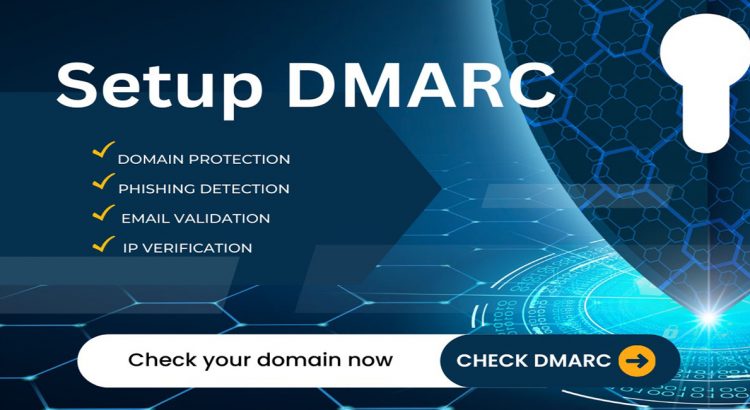
DMARC Checker
DMARC Director: Your Trusted Ally for Email Security In the world of email security, where the stakes are high, having a robust defense system is paramount. And in this defense arsenal, one tool stands out as a crucial component: DMARC. DMARC (Domain-based Message Authentication, Reporting, and Conformance) is your first line of defense against email-based […]
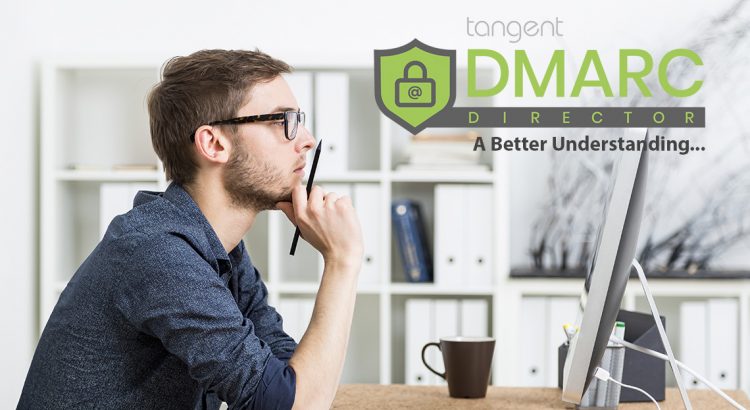
DMARC: A Better Understanding
What is DMARC? Email communication reigns supreme, ensuring the security and authenticity of emails is of paramount importance. DMARC, short for Domain-based Message Authentication, Reporting, and Conformance, is a powerful email authentication protocol that helps organizations combat email fraud and protect their brand reputation. In this comprehensive guide, we will delve into the key aspects […]

DMARC Check Tool
Check your DMARC now: Here DMARC Check Tool is a fast, easy tool to quickly check your DMARC settings. DMARC Check serves as a valuable diagnostic tool, specifically designed to analyze the DMARC Record associated with a given domain name. Its functionality includes parsing the DMARC Record, displaying it, and conducting a comprehensive set of […]
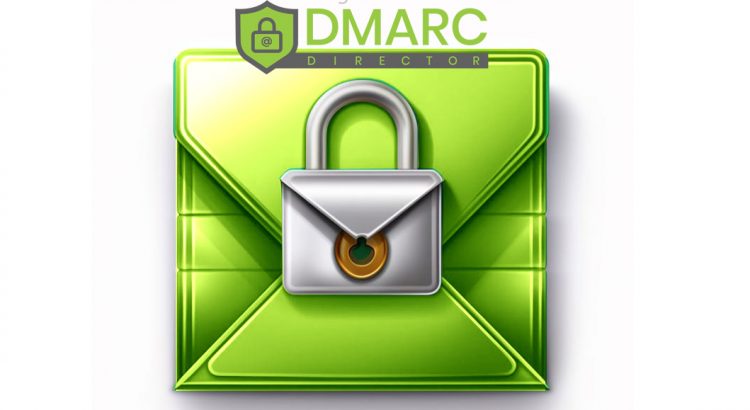
Understanding DMARC: Enhancing Email Security with DMARC Checker
In today’s digital age, email continues to be a primary communication channel for businesses and individuals alike. However, email-based cyber threats, such as phishing and spoofing attacks, pose significant risks to organizations and individuals. To combat these threats and enhance email security, protocols like DMARC (Domain-based Message Authentication, Reporting, and Conformance) have emerged. In this […]
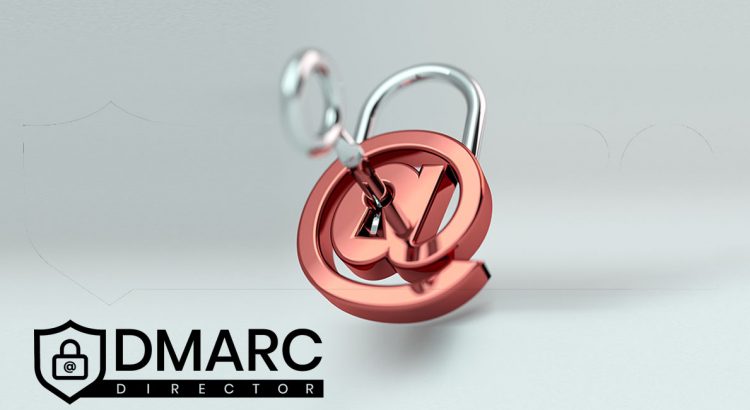
DMARC: The Ultimate Guide to Email Authentication
Email authentication is a critical aspect of email security. It helps ensure that the emails you send and receive are legitimate and not forged or spoofed. DMARC (Domain-based Message Authentication, Reporting, and Conformance) is one of the most effective email authentication protocols that organizations can implement to prevent email fraud and protect their brand reputation. In this […]
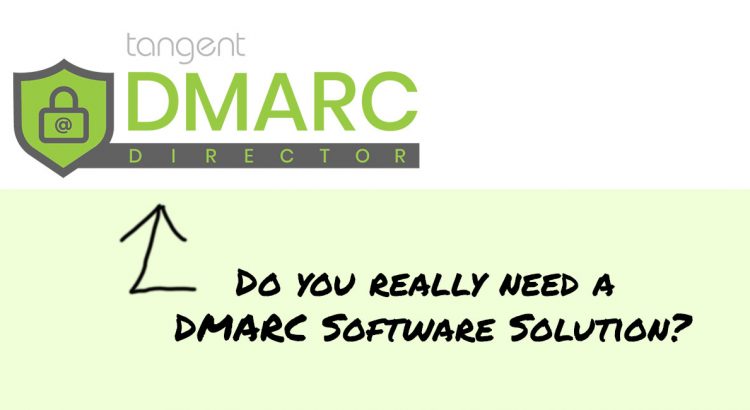
What is DMARC software and do you need it?
In layman’s terms, DMARC prevents email from spoofing and protects email attacks such as phishing and email fraud. To implement DMARC, one would need to set up, monitor and review their DMARC policy. That’s where things can get sticky. Now, unless you’re a programmer, and love looking at code constantly. A Matrix looking screen may […]
